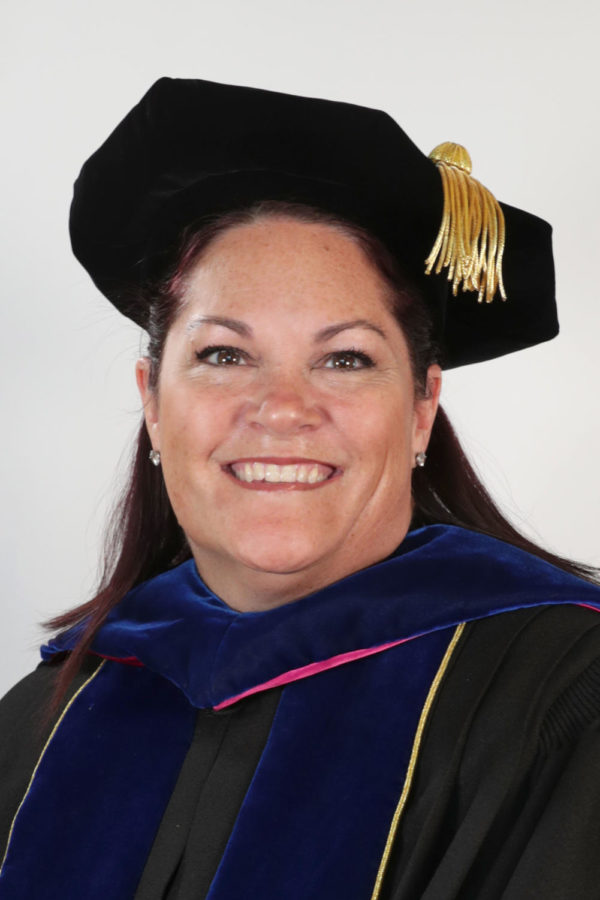 Ethan Magoc photoAt the moment, living on campus at Mercyhurst College is a student’s dream: We are provided with independence, free Internet, cable and utilities.
Ethan Magoc photoAt the moment, living on campus at Mercyhurst College is a student’s dream: We are provided with independence, free Internet, cable and utilities.
But just because students do not see the bill for such luxuries does not mean they come without a price.
Money for cable and Internet generally ends up coming from a student’s general tuition.
But who is paying for the lights left on in dorm rooms and heaps of wasted food at the Egan Cafeteria?
Students at Mercyhurst are made aware of the college’s core values, which include Global Responsibility.
Recycling bins are placed in all the dorms, but are these measures actively offsetting Mercyhurst’s impact? Or are we passively following conditions and popular environmentalism?
In 2007, President Thomas Gamble, Ph.D., signed the President’s Climate Action Plan with more than 600 other college presidents nationwide.
The goal of this organization is to achieve carbon neutrality by 2030, with colleges hoping to reduce net emissions by 20 percent and electricity purchased by the college by 15 percent by 2015.
Also, there are additional objectives where the school tries to promote classroom involvement and research opportunities for sustainability.
Mercyhurst has been consciously working to meet these goals by purchasing renewable energy credits in the form of wind power — in 2003 before the plan was signed, in 2008 and again in 2010.
The amount of energy purchased and the emissions have been brought down since 2007, said Mercyhurst Sustainability Officer Brittany Prischak.
Buying sustainability credits are not the only way to create a sustainable culture. Students at Mercyhurst can and should be involved in the effort to be environmentally responsible.
The Green Team organizes group activities to help bring awareness to the environment, and there are tips on the Mercyhurst website about what students can do on their own.
If students are only going to live responsibly and recycle during their four years of college, then what good has that done? Like many things in life, practicing sustainability isn’t always fun, but eventually it will be rewarding.
Students can start by taking an extra five seconds to walk from the closest trash can to a nearby recycling bin. These blue bins are placed in all the dorms to make it easier for students to recycle.
Turning lights off when they are not in use also helps save energy. This includes Christmas lights – even energy-efficient LED lights don’t need to be on all the time.
Maybe the easiest, though, would be to begin taking the bus. Erie Metropolitan Transit Authority does provide free transportation to Mercyhurst students as long as they present school identification. Bar-hoppers and party-goers have taken advantage of this, and probably prevented many accidents by not driving while intoxicated.
But the bus station is useful for all students.
The routes pass by the Millcreek Mall, Wal-Mart and Tinseltown. Instead of having to fill up a car’s tank every week or so, riding the bus for free can help both the Earth and a college student’s thin wallet.
“We have all worked very hard on the Climate Action Plan,” Prischak says, “and would like to make sure campus is aware of our efforts and our intentions.”
That awareness is the first of many steps it will take to make a serious impact in global emission levels.
But it is perhaps the most important, as the definition of awareness involves knowing that the problem exists and truly understanding that it is one that needs to be fixed.
“Mercyhurst College is taking strides as a community to do this and more,” she said. “But as always, (the college) needs the support of the students to make these goals a reality.”




